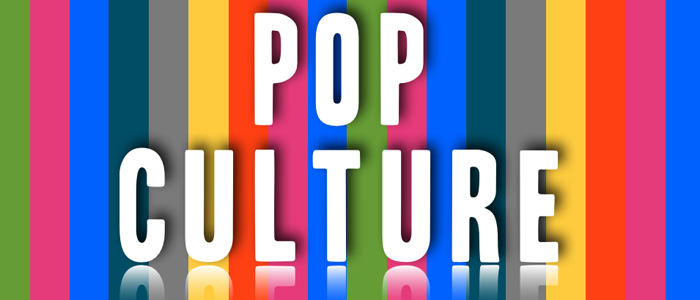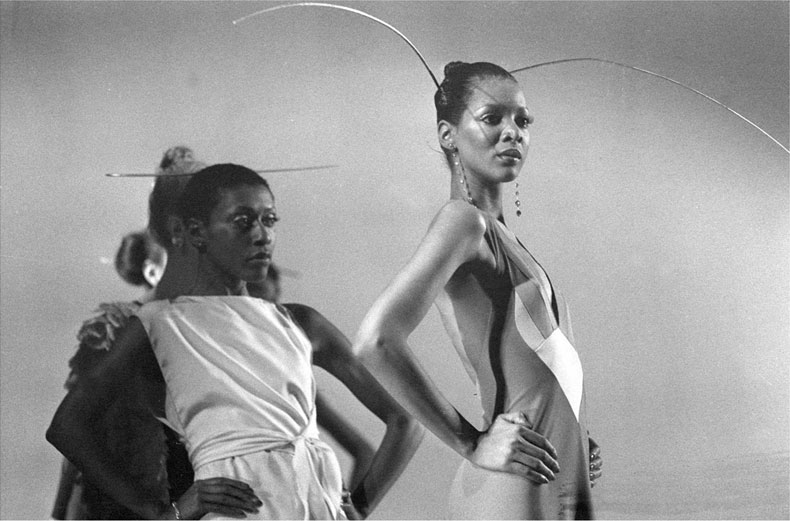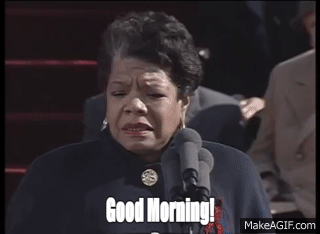
Good Morning POU! We’re revisiting some important pop culture moments!
This week we’ll highlight moments in pop culture where the influence of African-Americans reign paramount. Actually every single aspect of pop culture in this country is influenced by us! We’ll just shine a light on 6 big ones that changed art, film, music and fashion forever.
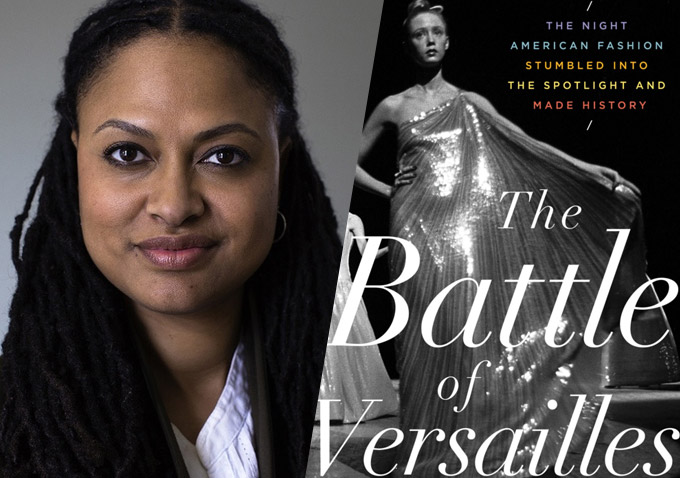
The story of the 1973 Palace of Versailles fashion show that put American designers and black models on the map is the subject of The Battle Of Versailles, an HBO Films movie co-written and directed by Selma helmer Ava DuVernay. She is co-writing the project, now in development, with Michael Starrbury (The Inevitable Defeat Of Mister And Pete). It is based on the 2015 book The Battle Of Versailles: The Night American Fashion Stumbled Into The Spotlight And Made History by fashion journalist Robin Givhan.
The Battle of Versailles 1973
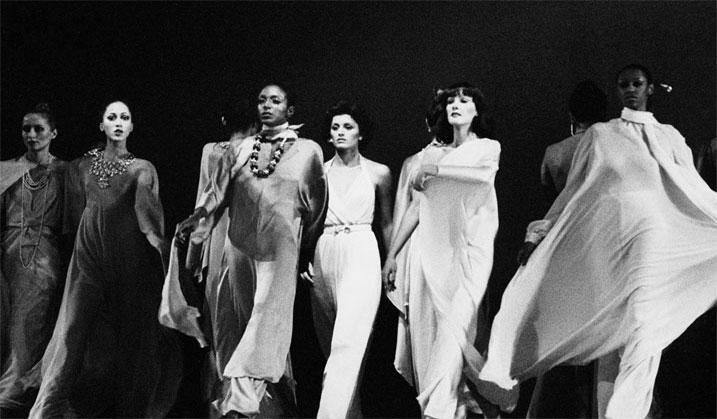
More than 40 years ago, a single fashion show put a new generation of designers on the map and a new kind of model on the runway.
The fashion show now known as the “Battle of Versailles” was waged on a chilly night in France in 1973.
The Battle of Versailles Fashion Show was an event created by Eleanor Lambert and Versailles curator Gerald Van der Kemp to raise money to restore the famed palace. Held on November 28, 1973; it pitted the old masters of French design (Yves Saint Laurent, Pierre Cardin, Emanuel Ungaro, Christian Dior, and Hubert de Givenchy) against a team of bold U.S. upstarts (Oscar de la Renta, Stephen Burrows , Halston, Bill Blass, and Anne Klein, who brought along her then-assistant, Donna Karan).
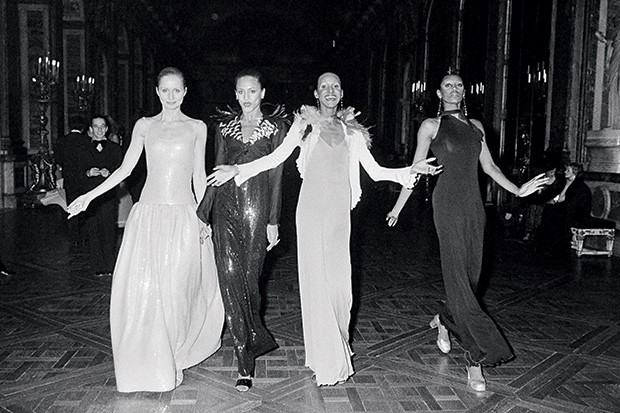
With a guest list of 700 and notables such as Princess Grace, Marie-Hélène de Rothschild, Jacqueline de Ribes, Gloria Guinness, Andy Warhol and Liza Minnelli, the event became legendary. Each designer was to submit eight designs for consideration. The Parisian designers viewed their competition as mere sportswear designers.
“It was a show that was bound for disaster, and it turned out to be absolutely extraordinary,” de la Renta said, reflecting with pride all these decades later.
Five designers from each country teamed up on each side before a celebrity-packed audience of 800, including a tiara-wearing Princess Grace, gathered in a theater at the famous Royal French Chateau outside Paris. Lisa Minelli performed for the Americans, singing “Bonjour, Paris.”
The French had U.S. expat Josephine Baker perform for their side.
The French designers, including Hubert de Givenchy, Pierre Cardin and Yves Saint Laurent, were certain of victory, backed by glamour and a long tradition. They employed elaborate stage sets and staid models to showcase their creations.
But the Americans had a secret weapon; a vibrant group of eleven African-American models.
It started off all wrong for the Americans. Their sets were designed in inches, not centimeters, so they didn’t fit. Still, with only a bare stage, with Barry White’s Love Unlimited Orchestra blaring in the background, the U.S. models launched down the runway and into fashion history. For many in the audience, the show was a first.
“At the time, you didn’t have African-American women walking the runway,” recalled Amina Warsuma, one of the models. “It meant everything.”
With Each Step, Models ‘Defied’ the French
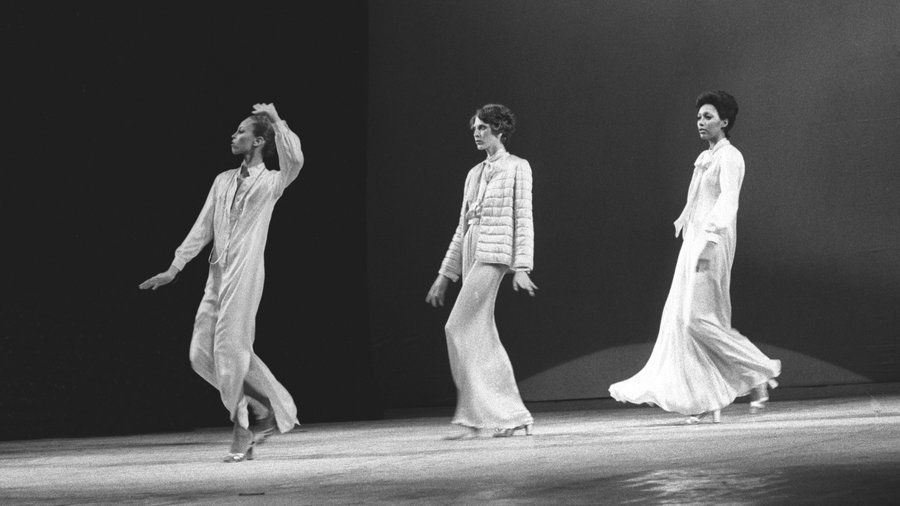
The French discounted the Americans as mere sportswear designers, but the designers and models from the United States were determined to be taken seriously in the fashion world.
“I walked like I defied the French,” said Bethann Hardison, who walked the catwalk that night. “I walked like, they are going down.”
Norma Jean Darden, another model, remembered, “We had a beat, and we came out with all that pizzazz and just floored everybody.”
Models recall the crowd roaring to life; cheering, stomping, even throwing their programs in the air.
“When our segment of the American designers ended, there was a standing ovation,” de la Renta said, reflecting on the achievement.
In 2011, The Huffington Post Game Changer Awards honored the African American models of Versailles with the Style Award. The models included Pat Cleveland, Bethann Hardison, Billie Blair, Jennifer Brice, Alva Chinn, Norma Jean Darden, Charlene Dash, Barbara Jackson, China Machado, Ramona Saunders, and Amina Warsuma.
In 2012, filmmaker Deborah Riley Draper chronicled the event in the feature documentary, Versailles ’73: American Runway Revolution.

